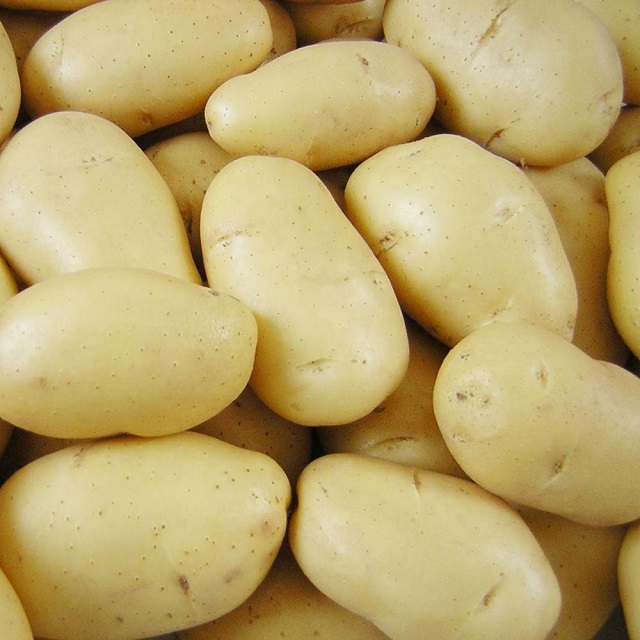Potato

Potatoes, (Solanum tuberosum), An annual plant belonging to the Solanaceae family, it is cultivated for its starchy edible tubers. One of the primary food crops in the world, potatoes are indigenous to the Peruvian and Bolivian Andes. In addition to being ground into potatoes flour, which is used in baking and as a sauce thickening, potatoes are commonly eaten whole or mashed as a cooked vegetable. Rich in protein, thiamin, niacin, and vitamin C, the tubers are easily digested.
Domestication and history of Potatoes
Potatoes are believed to have undergone multiple distinct domestications and were predominantly grown in South America as early as 1,800 years ago by the Incas. In the latter part of the 16th century, potatoes were brought to Europe by the Spanish invaders. The plant was a significant crop in Ireland by the end of the 17th century, and by the end of the 18th century, it was also a significant crop in the west of England and continental Europe, especially Germany. Throughout the first forty years of the 19th century, it spread further in both the Western and Eastern hemispheres, becoming a major component of the Irish economy. However, late blight (Phytophthora infestans) caused the Irish crops to fail disastrously in the mid-19th century, particularly in 1846 and 1848, and the ensuing Irish Potato Famine led to a more cautious attitude regarding reliance on the plant.
Physical description of Potatoes.
One of the approximately 150 species of the genus Solanum that bear tubers is the potato (a tuber is the enlarged end of an underground stem). Each of the 20–30 cm (about 8–12 inches) long compound leaves is spirally structured and is made up of two to four pairs of leaflets in addition to the terminal leaflet. The flowers, which are white, lavender, or purple, have five joined petals and yellow stamens. The fruit is a tiny, deadly berry that has a lot of seeds.
The stems grow into subterranean structures known as stolons. The tips of the stolons may develop significantly to form a few to more than twenty tubers, each with a different size and shape. Typically, the tubers weigh between 300 grams (10 ounces) and more than 1.5 kg (3.3 pounds). The starchy flesh typically has a color range of white to yellow, although it can also be purple. The skin’s color varies from brownish white to deep purple. The tubers have spirally organized buds, or eyeballs, in the axils of leaves that have failed and left scars behind. Growers can vegetatively propagate desirable traits by allowing the buds to sprout and create clones of the parent plant. In fact, commercial vegetative reproduction is always employed, but the popular types are now more susceptible to pests and illnesses due to the ensuing decrease in genetic variety.

